What you need to know about Raspberry Pi 3 power supply
Raspberry Pi 3 is not a very demanding computer. It works from just 5 volts and 2.5 amps. But the user of “Raspberry” need to make sure that the device receives enough energy. Otherwise, it will work slowly or completely fail.
Raspberry Pi 3 Power Problems
With a lack of power, the Raspberry Pi 3 starts to work slowly. And this is a fairly common problem.
If the “Raspberry” slows down due to lack of power, it displays a corresponding alert in the form of a lightning icon in the corner of the screen. And if this happens, it is recommended to take action. This is necessary not only because of this, the RPi is slower than it is provided for, but also because of this, electronics wear out faster.
The problem is usually a cable fault. When powering the Raspberry Pi 3 from USB, a regular cord is used (as, for example, for a smartphone). With intensive use in some parts of it there are creases, which breaks the contact, and, therefore, the feeding device begins to experience problems with power consumption.
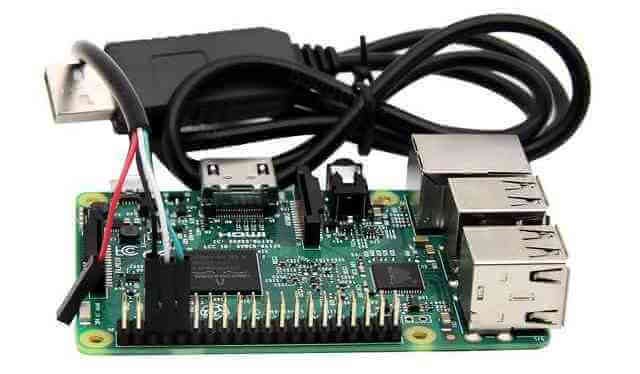
The solution to this issue is to replace the cable. For starters, you can take the cord from a mobile device, and try to connect the “Raspberry” through it. If the problem was exactly that, the lightning bolt will stop appearing. But, of course, provided that the corresponding wire is fully functional.
The second reason is a big length of wire. Often this problem occurs when using a meter cable. For the “Raspberry” the best option is a cord of 30 centimeters or less.
And the last one is the insufficient power of the Raspberry Pi 3 power supply unit. The third model requires a current of 2.5 Amperes for normal operation. When using a weaker adapter, the Raspberry Pi 3 can slow down or simply not reveal its full potential. Therefore, it is best to use the original power supply. And if there is no such possibility, then other adapters capable of producing 2.5 Ampere.
For the best raspberry pi power supply we have made a list for you to chose from
Power Raspberry pi 3 from battery
If it is planned that the Raspberry Pi 3 will be powered by a battery, when buying batteries, pay attention to their characteristics. The main thing – they must produce a current under voltage of 5 volts. There should be no problems with this, as most batteries give so much. The second is that they need to generate a current of sufficient strength.
If the Raspberry pi is to be used in the portable mode, it does not have to demonstrate the maximum power it is capable of. Therefore, it is quite suitable battery, giving a current, for example, 1.8 Ampere.
Power Raspberry Pi from USB port
Often, “Malin” is used as a media center. And in this case, users often do not want to occupy an extra outlet, but wish to apply power to the Raspberry Pi 3 from a USB TV. This idea seems good only at first glance.
The number of volts that the USB port is capable of issuing really equals 5. That’s enough for the Raspberry to work. But the current strength is less than required. USB-port on TV gives 0.4-0.5 Ampere. At the same time, for normal operation, Raspberry Pi needs about 2 Amps. Therefore, if you power the RPi from the TV, it will either not start at all, or it will work very slowly. And if Malin is planned to be used as a media center, then it will lack power. Moreover, insufficient current can cause the computer electronics to burn.
Therefore, it is still better not to be stingy, but to spend a few Dollars on a surge protector with a sufficient number of sockets.
Proper the right Raspberry Pi 3 power supply is very important that the device works as it should and for a long time. Therefore, care should be taken to ensure that Malina receives electricity in accordance with established requirements.
Raspberry Pi GND connectors
If you intend to use the Raspberry Pi in a standalone device, you need to take care of the power. Fortunately, the developers of Raspberry Pi took care of this scenario development, because their device is still positioned as embedded. The picture below shows the Raspberry Pi model B pinout. To help you power raspberry pi 3 from gpio, it is enough to apply 5 volts to 2.4 connectors, connect the power supply ground to one or more of the GND connectors.
It is not recommended to apply to raspberry more than 5 + 2% = 5.1V. This must be considered when selecting a power source. Below is a diagram, developed and assembled by me. The scheme is quite simple – the necessary minimum. At the input there is a varistor, the task of which is to “quench” possible power surges. For a better varistor, you can put a resistor of a couple of ohms in front of it. Next comes the diode bridge 2W10, which has a dual task. The first is to rectify the alternating voltage into a constant one if an alternating voltage is applied to the input, for example from a transformer. The second is reverse polarity protection if a constant voltage is applied to the input. Well, then the usual linear stabilizer 78L05 5 volts.
To learn more about Raspberry pi power supply check
Raspberry Pi Basics of Power Supply

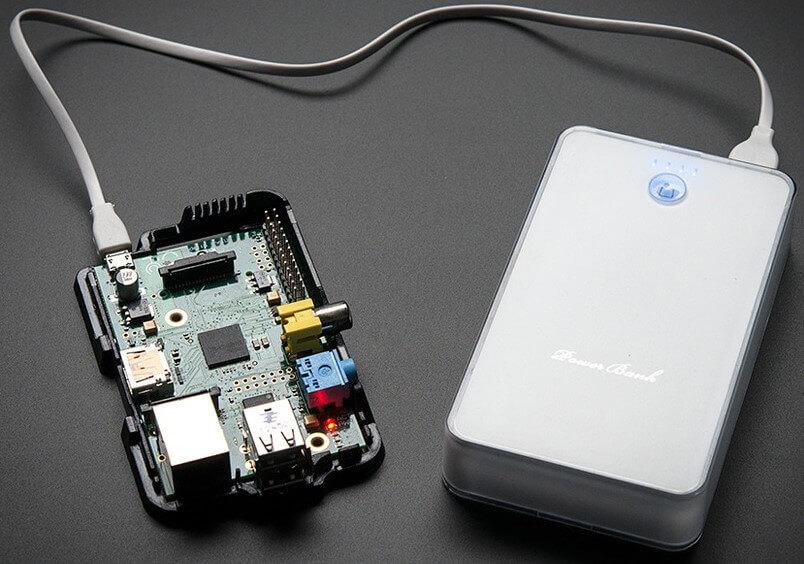
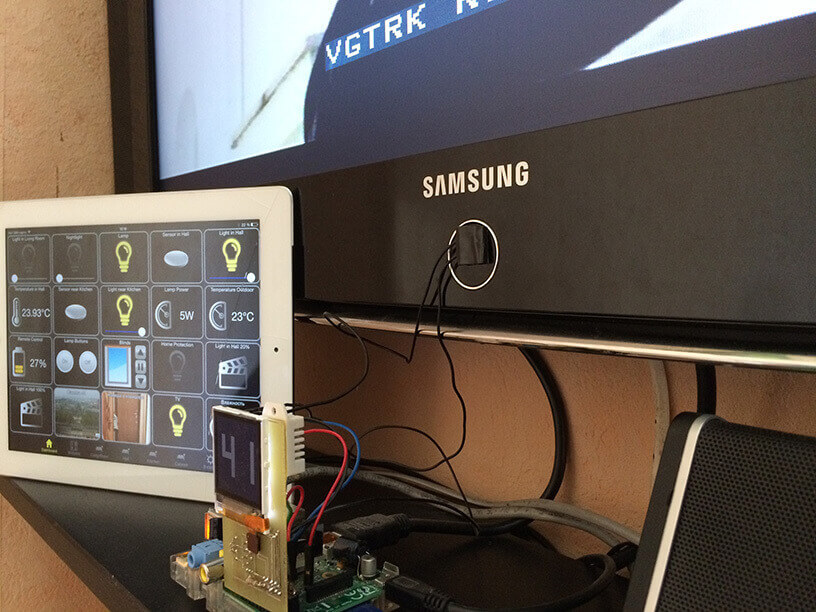
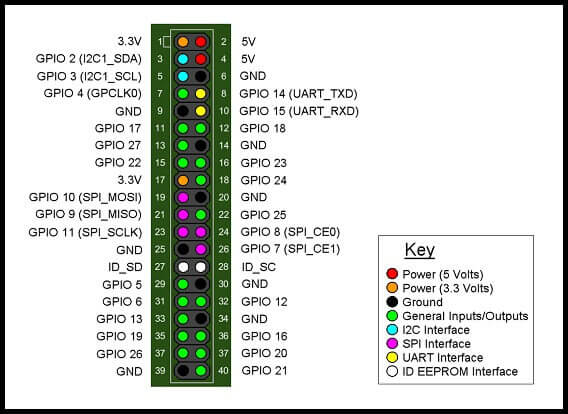
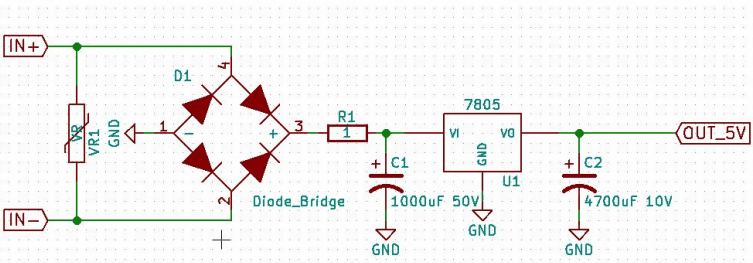
Leave a Reply